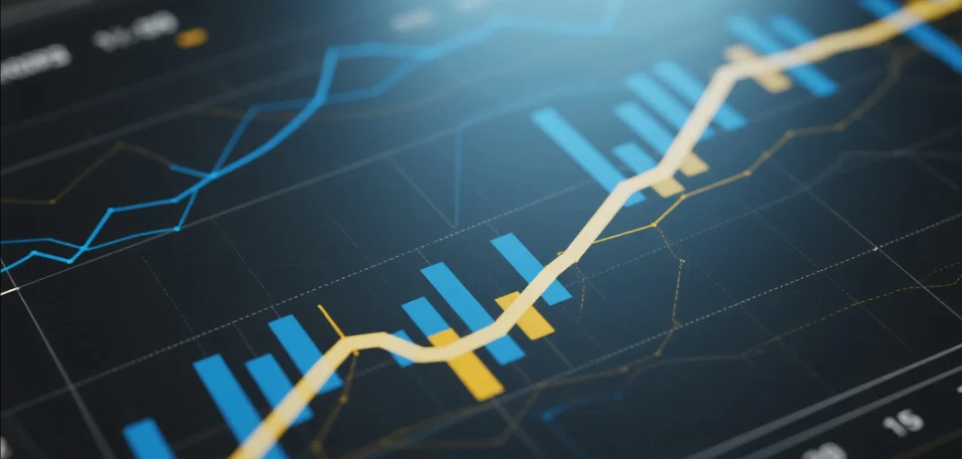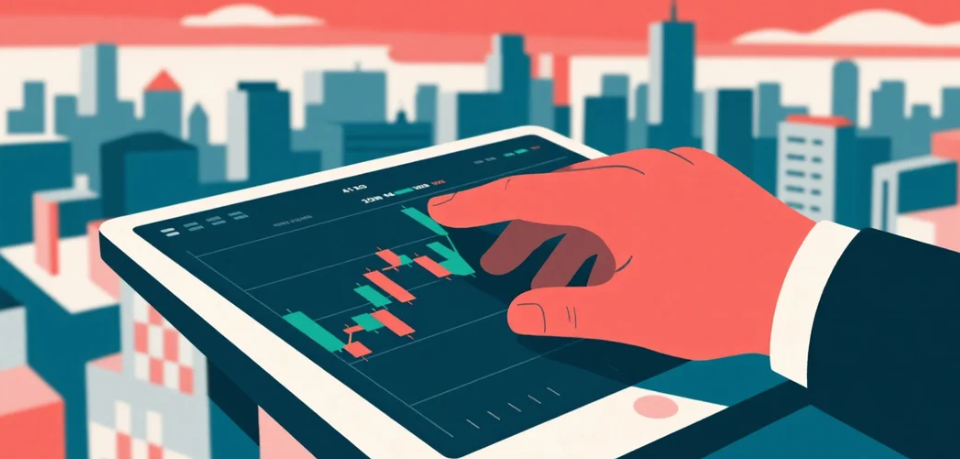
Both the Income Effect and Price Effect are economic concepts that help analysts, economists, and business professionals understand economic trends. Companies can utilize these effects to monitor and determine pricing levels for their products based on demand theory and trends.
These two effects employ different variables to comprehend demand changes.
The Income Effect analyzes changes in consumer demand for goods and services based on income fluctuations. This analysis can be conducted from either a macroeconomic perspective or through direct demand comparison.
Two key statistical indicators are particularly valuable when studying the Income Effect. The Monthly Personal Income and Outlays Report details Americans' personal income and expenditure levels. The Bureau of Labor Statistics' monthly Employment Situation Report also provides crucial wage data. While the report headlines typically focus on job additions and unemployment rates, analysts pay close attention to hourly earnings figures.
Generally, when consumer income rises, spending increases accordingly, and vice versa. This correlation also varies with economic cycles, which are known to significantly impact both discretionary and staple consumer goods industries. Higher income levels typically lead to price increases as heightened consumer spending boosts demand, enabling businesses to charge more.
Several mathematical approaches can analyze the Income Effect. The most fundamental is examining the Marginal Propensity to Consume (MPC). Using data from monthly income and expenditure reports, MPC calculates the ratio between consumption changes and income changes to understand consumer responses.
The Price Effect refers to how market prices influence consumer demand. This is particularly important for businesses when setting prices for their goods and services.
Demand curves plot price on the y-axis and quantity demanded on the x-axis, typically showing a downward-sloping pattern.
Price elasticity of demand describes the expected demand change per price adjustment. Understanding demand curves is crucial for businesses to evaluate potential impacts of price changes.
Typically, price increases lead to reduced purchases, and vice versa, as demonstrated by standard price-demand curves.
Income and price are two core variables economists monitor. Income growth may stem from various factors, such as companies adjusting compensation for living standards. During economic expansions or peaks, income usually rises with business profits.
Overall price levels are influenced by multiple factors. Economic expansions often bring inflationary pressures from increased demand. During growth periods, robust demand across goods and services enables price hikes. Other elements like tariffs, shortages, or surpluses also affect prices through cost changes. These factors may alter the marginal demand reduction per dollar price increase, thereby modifying the demand curve's shape.
In summary, the Income Effect examines how income fluctuations affect demand for goods and services, while the Price Effect studies how demand responds to price changes. Both center on demand but differ in their independent variables affecting demand.
Comprehending the combined impact of price and income on demand requires multifactor regression analysis. This approach most accurately depicts how demand curves transform under the joint influence of consumer income and price changes.















